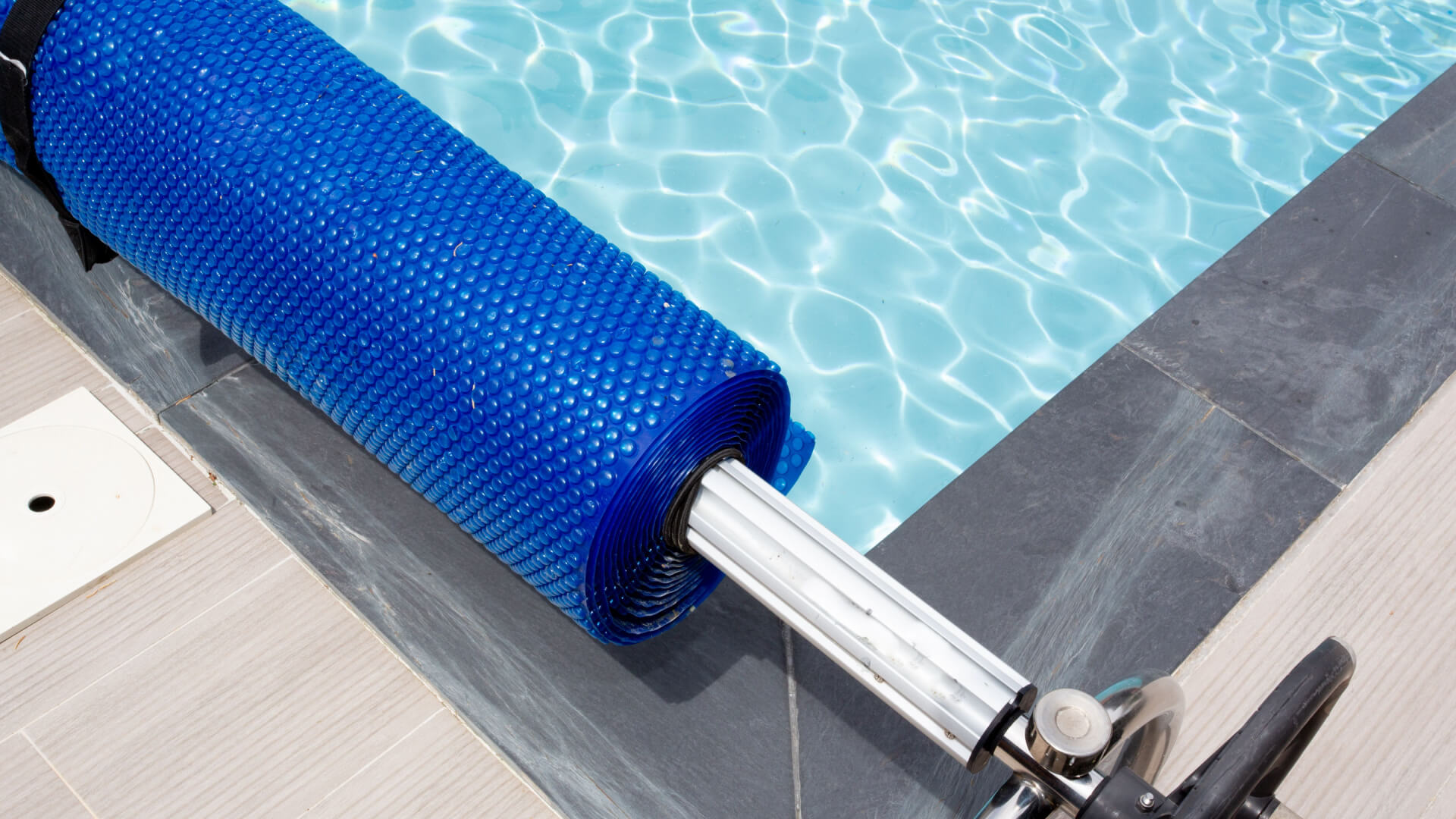The Different Types of Pool Covers

Pool covers are important for the health and maintenance of your pool. Everyone knows they keep the snow, leaves, and more out of a pool during the winter and fall. There are even pool covers that people can use throughout the whole year. But, as is to be expected, there are many different types of pool covers. They serve unique purposes and have different features. To make sure you have the best for your pool, you should know about all the types and variations of pool covers that you are likely to see.
For help learning how to properly care for your pool, the pool experts at Aqua Leisure Pools and Spas can help!
Types of Pool Covers
There are multiple types of pool covers that match different uses. If you plan to cover your pool for all of the winter but not the summer, you would use a different type of pool cover than someone who covers and uncovers their pool regularly.
Then there are the different materials you have to take into consideration as well. Some materials can’t be as easily moved and require a pool cover team. Some require hours of work to make sure they aren’t damaged as they’re being installed or removed. There are even pool covers that can come off and on with a click of a button, and that affects how you can care for your pool cover.
Different Materials for Pool Covers
Most pool covers are made from UV-stabilized materials. This way, they can absorb the appropriate amount of heat for heating a pool. This is important even during the winter because warm – and even hot water – can kill certain dangerous bacteria and germs. For this reason, most pool covers are made from polyethylene, polypropylene, or vinyl, with vinyl being the most common.
Vinyl is a material you can find in a lot of different types of pool covers and has a longer life expectancy than the other two. If you use vinyl, you can have a plain vinyl cover or an insulated vinyl cover. Both are great at absorbing the heat from solar energy hitting the pool’s surface. Polyethylene and polypropylene are found in bubble and solar covers, which don’t absorb as much heat.
If you prefer pools that are consistently warm, you may want a vinyl cover. Bubble and solar covers absorb less than ideal amounts of solar energy, so they won’t be good for keeping the pool warm.
Different Shadings for Pool Covers
This may not sound important, but the color and opacity of your pool are incredibly important. The darker the pool is, the greater its ability to absorb and hold heat, but the harder it is to see into your pool. If you have a light pool cover that you can lay down and roll up each time you want to use the pool, you may not want it to be opaque.
An opaque pool may be better when you only use your pool cover in the fall and winter. During that time, it’s near impossible to keep your pool from getting dirty. You should be shocking it with chemicals regardless of how it may look to keep it clean until it can be opened in the spring.
When you plan to open and close your pool regularly throughout the summer, you may want a translucent or transparent pool cover you can look through. This way, you can track how clean the water is whenever you need to. These covers don’t retain as much heat as opaque ones, so it’s a tradeoff of what matters more to you: the ability to track the cleanliness of your pool or retaining heat in your pool. If you value both attributes equally, a translucent pool cover is the best compromise.
Different Types of Closing
Pool covers can be laid down and covered in three different ways: manual, semi-automatic, and automatic. Which type of pool cover you choose greatly affects how much electricity you use and how easy it is to open and close your pool cover regularly.
A manual pool cover is when you have to lay down the cover yourself or with hired help. Depending on the material, you may be able to take it off and store it away rather easily. Laying back down is the considerably harder part. You have to be able to lay down the tarp, keep it in place, and do it without it falling into the pool. If you have consistent help, like that of a family member, it may not be an issue, and you can pull this pool cover on and off as much as you want.
Semi-automatic pool covers usually use motor-driven reel systems to roll and unroll covers. They can be built into or around the pool deck, or on reel carts. These make it equally easy and simple to lay down and pull back pool covers. Not all pool cover materials are compatible with this type due to dexterity issues.
The same can be said about automatic pool covers. What makes automatic and semi-automatic pool covers different is that semi-automatic covers can be removed, while automatic pool covers are permanently mounted and fitted.
For Help Picking Out a Pool Cover, Contact Aqua Leisure
Aqua Leisure Pools and Spas has the experts to help you. So, if you’re unsure of what’s the best option for you, be sure to contact our experts. We can help you figure out the best color, material, and closing type for your pool.
At Aqua Leisure Pools and Spas, we carry in-ground pools, above-ground pools, and hot tubs. Stop by one of our showrooms or contact us online today.
Posted by Aqua Leisure Pools & Spas in Pools

